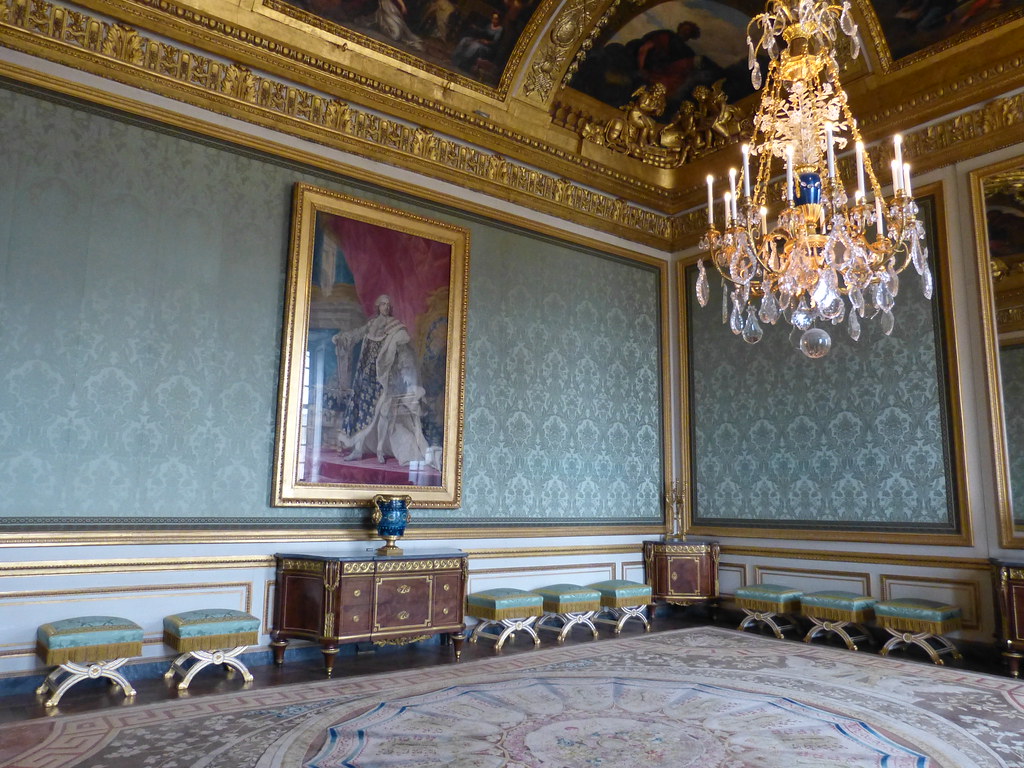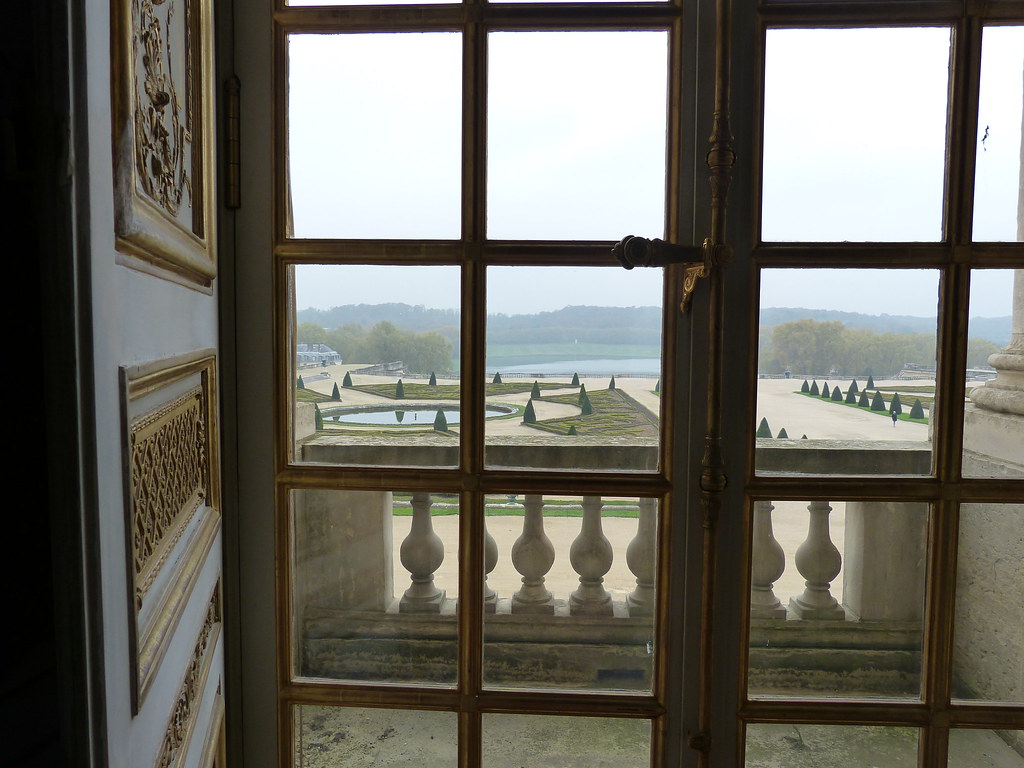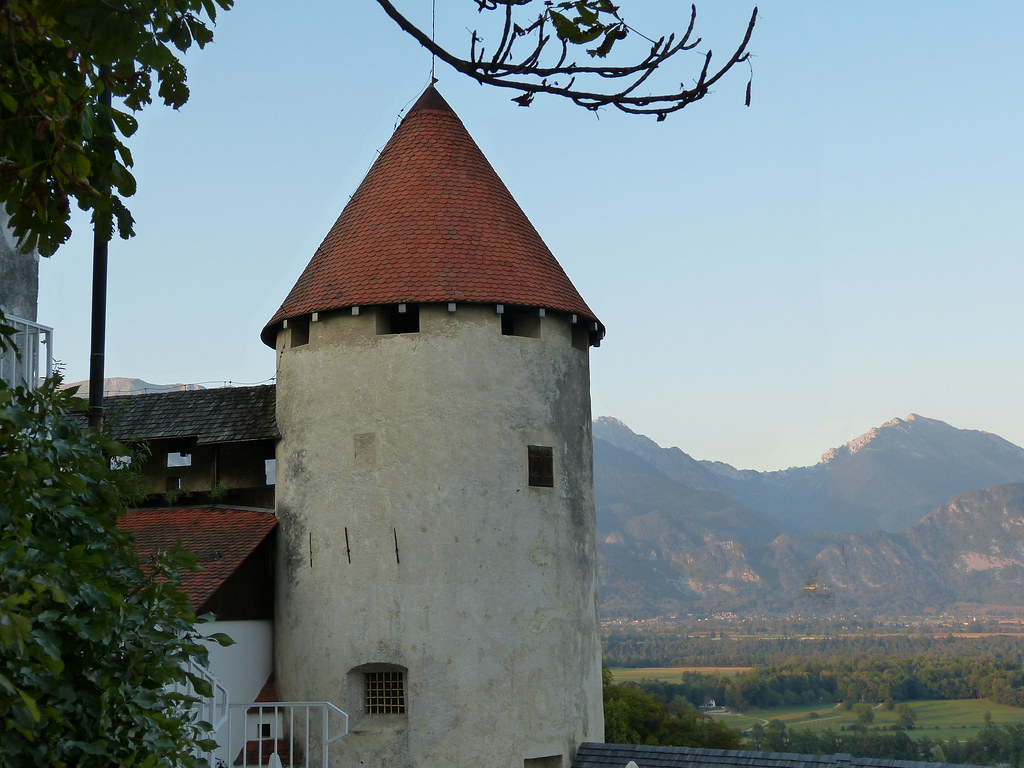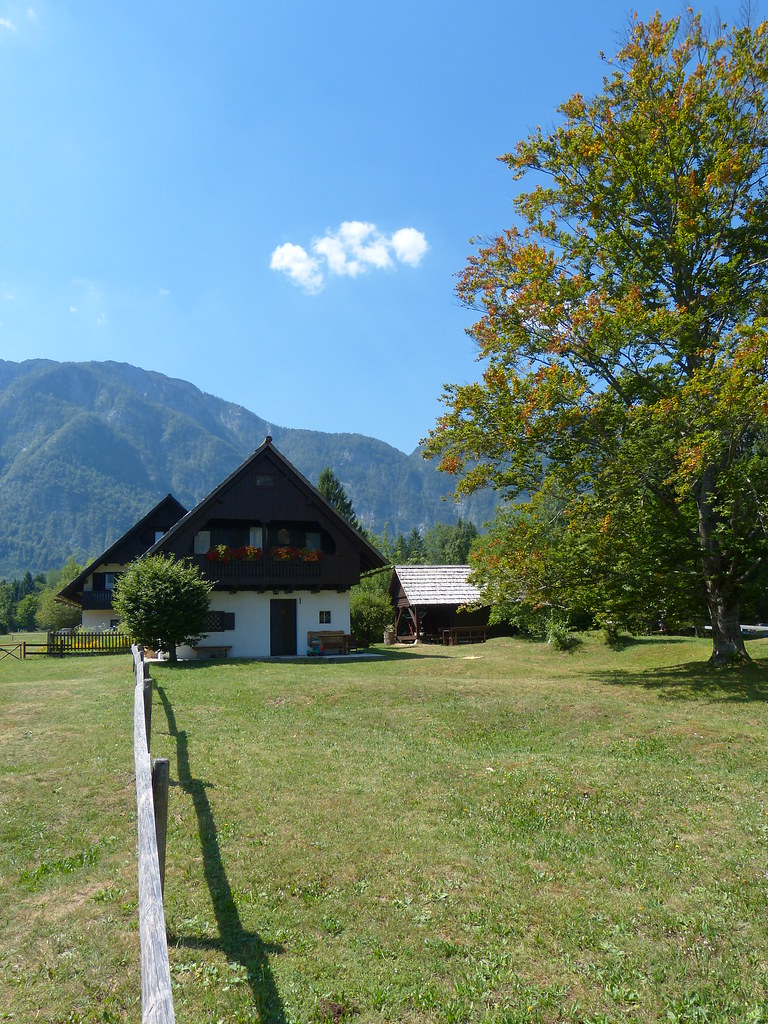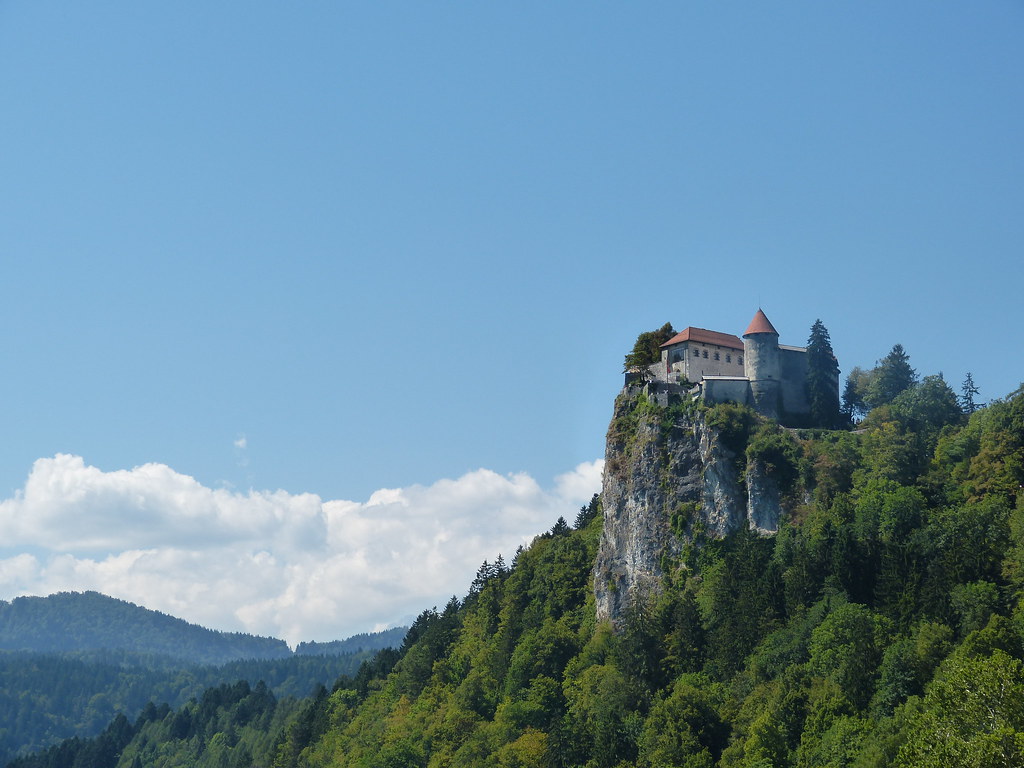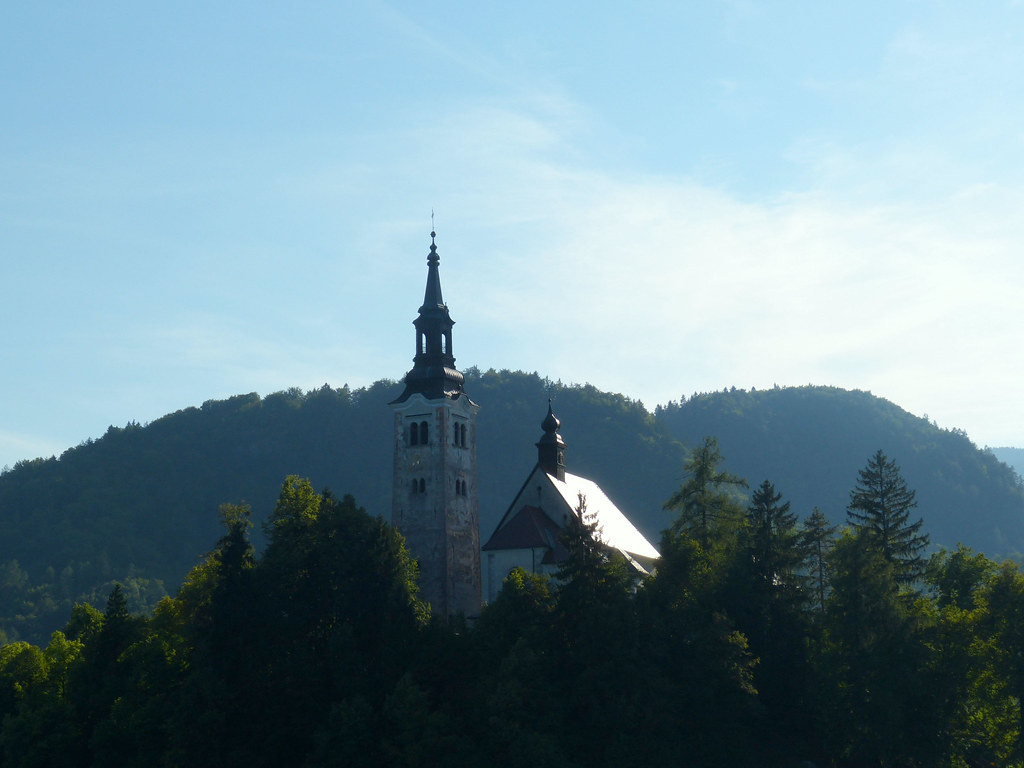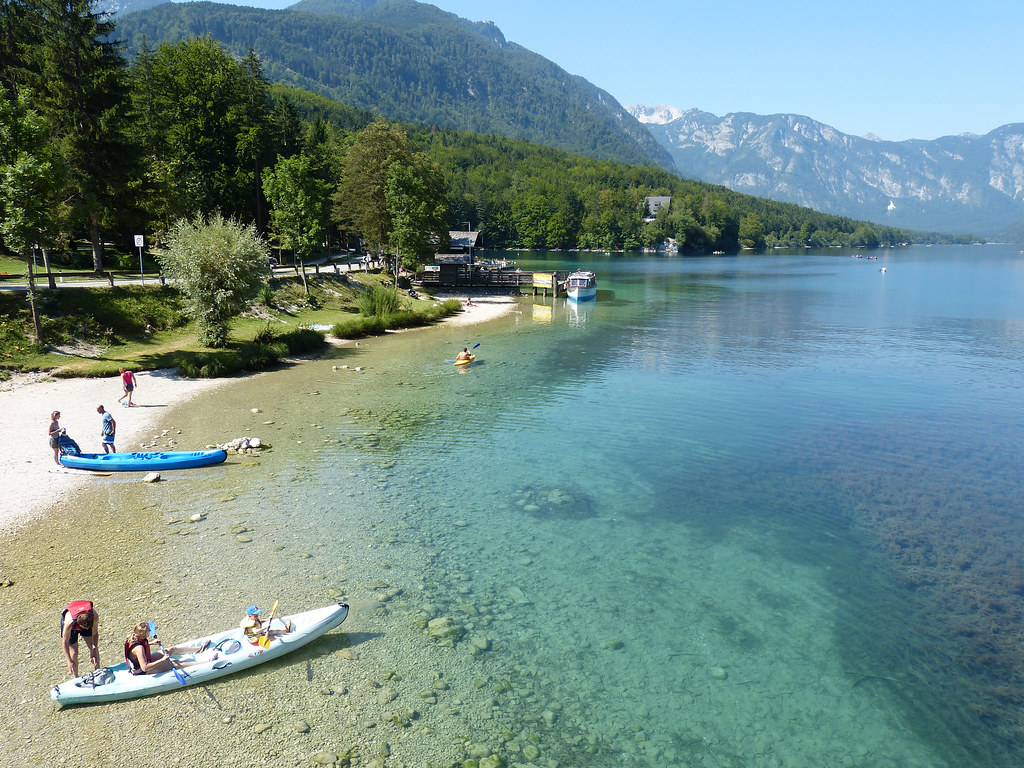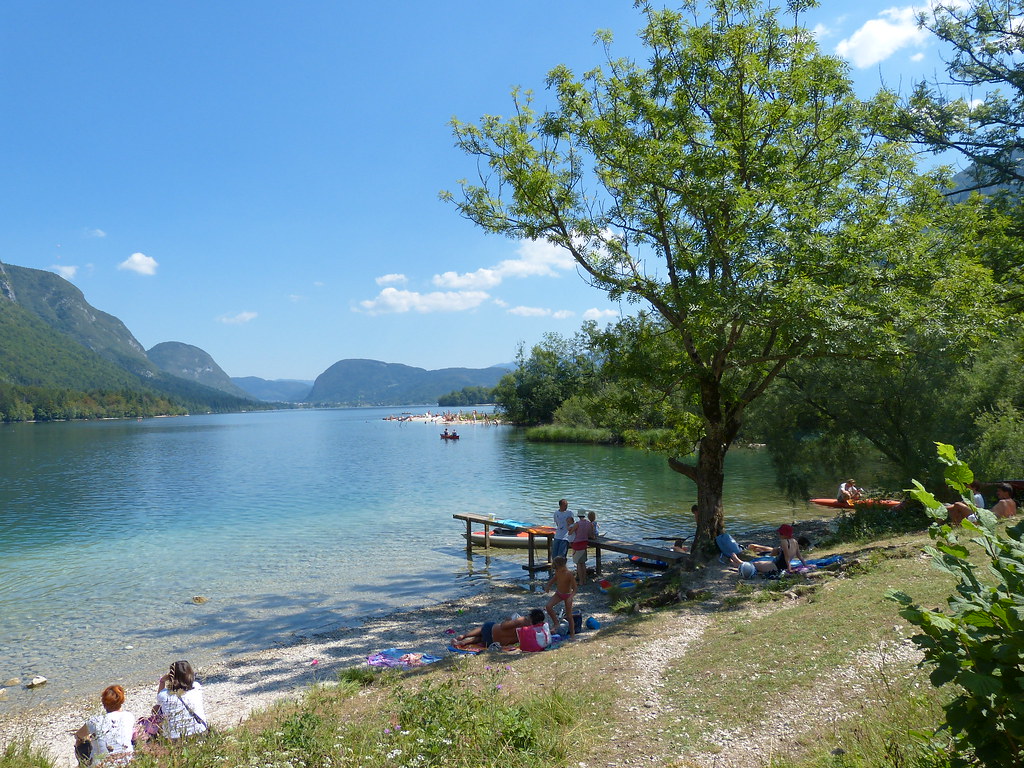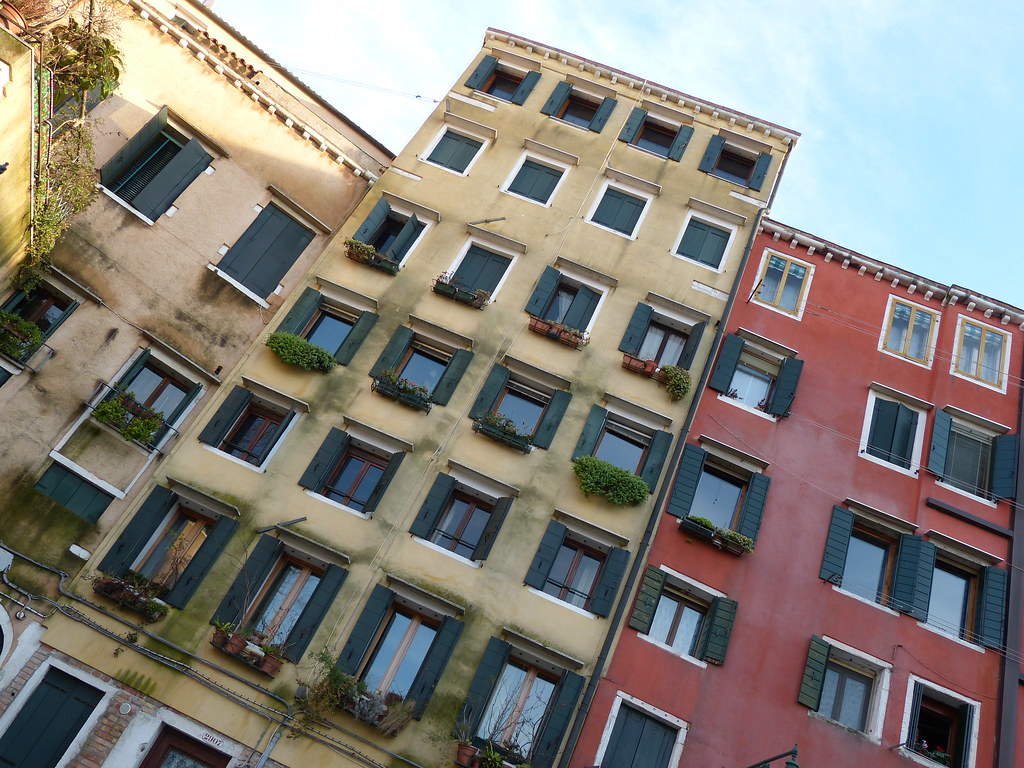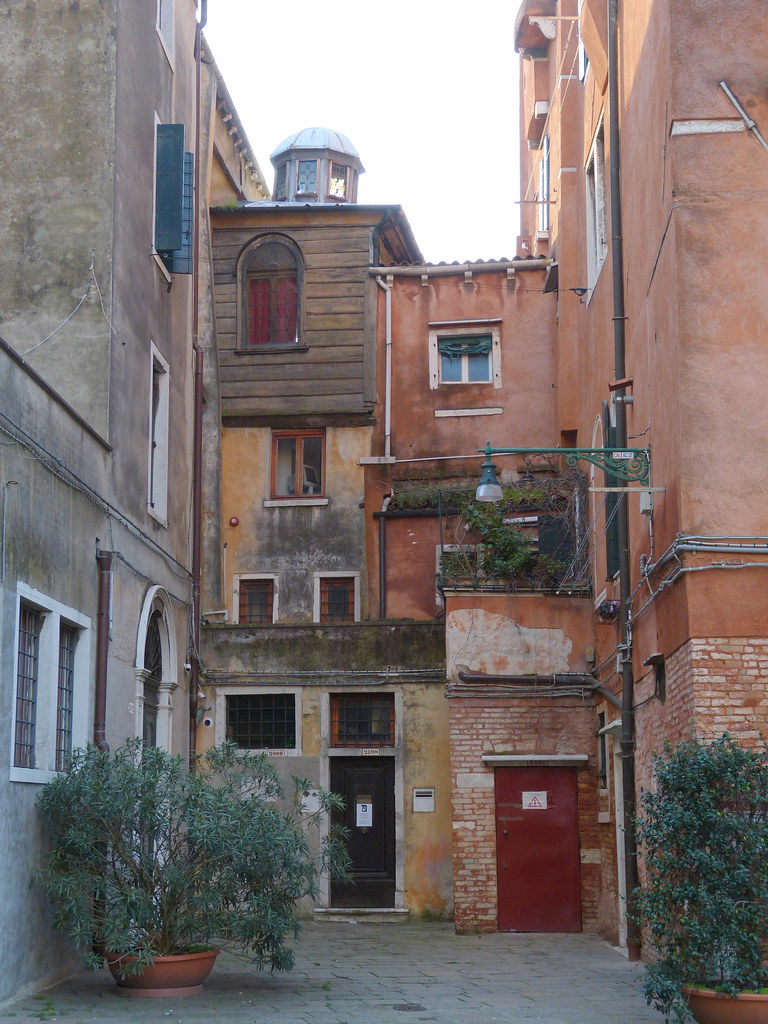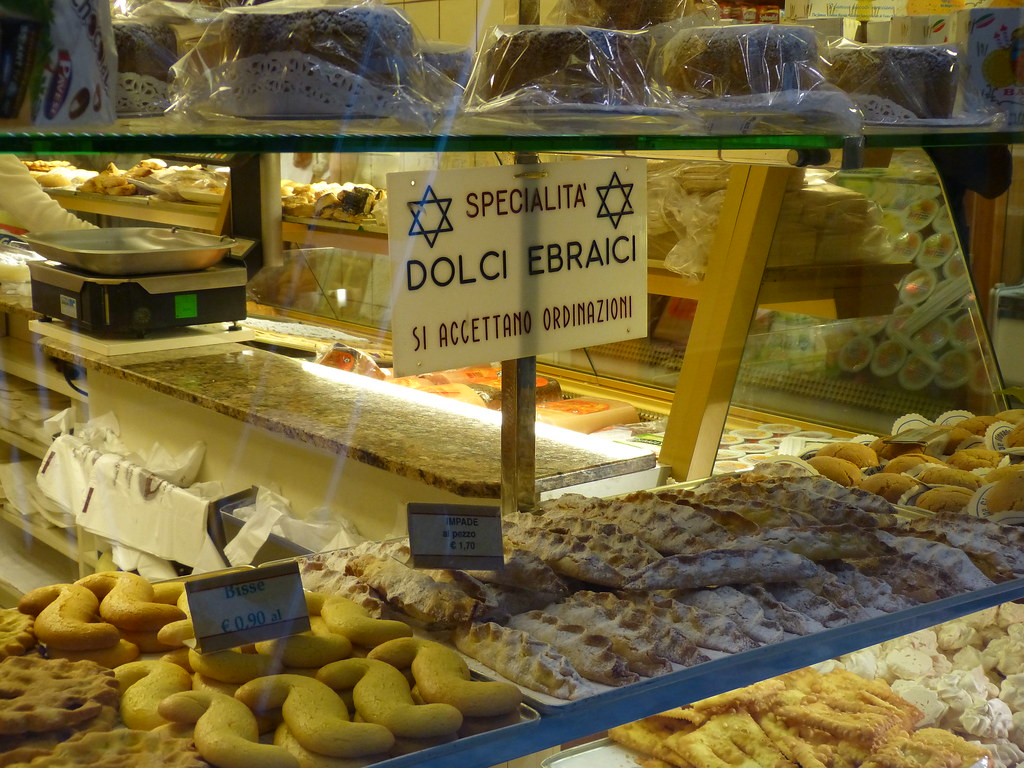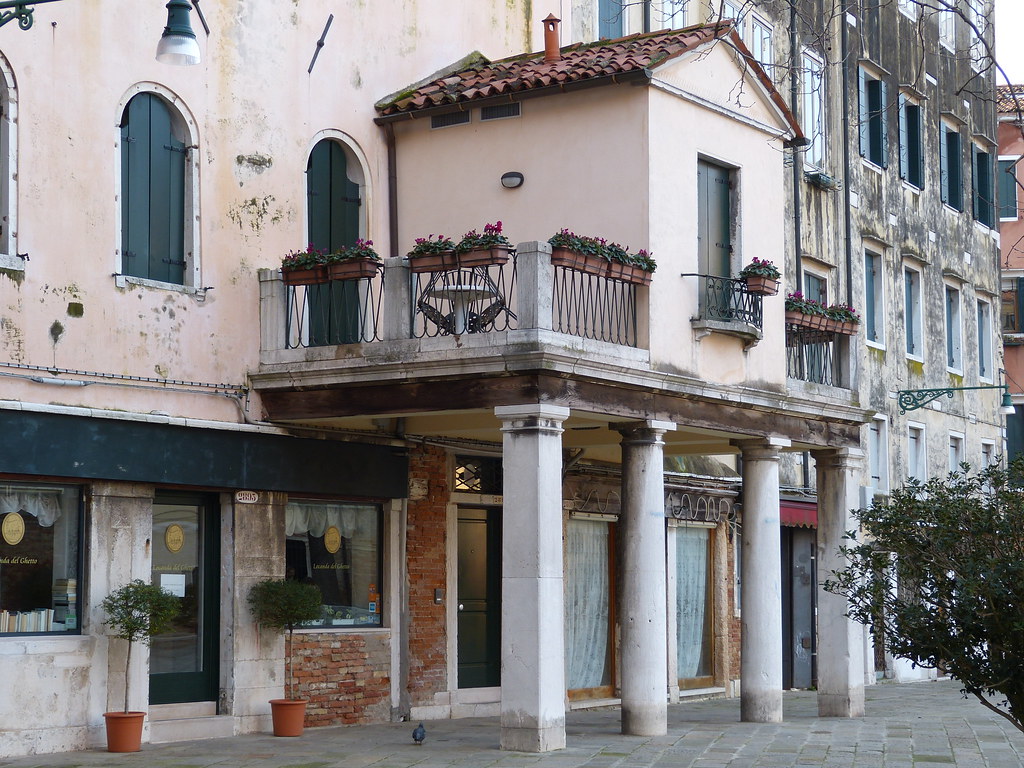I don't know anybody who hasn't heard of Louis XIV, the Sun King, or of Marie Antoinette, the last queen of France, who lived at the time of the French Revolution and was guillotined in what is today Place de la Concorde. Versailles is the place to learn about the history of the kings and queens of France, and to imagine the life of the courtesans in the 18th century, when the king together with a bunch of aristocrats decided the fate of people everywhere in Europe.
Going to Versailles isn't exactly low cost. The entrance to the palace is 18€, and even more if it's summer and there are musical fountain shows (25€). The food inside the castle is also extremely pricey, but you can exit, find a small restaurant in town, and then enter again and visit a different part of this huge estate. Another thing to take into consideration is the ticket to get there: Versailles is in zone 4, and you will need a special ticket that costs about 6,50€.
You need a whole day to see Versailles. I started from the palace itself, as it comes more natural when you enter the main gates. I suggest that you buy a passport ticket (18€), so you have access to more or less everything. In alternative, you can visit the main palace alone (15€), or the smaller ones (10€). There are also additional tickets for guided tours of the opera house and the chapel, if you are really into the history of Versailles (16€). You can however see the chapel during your regular tour from the outside. About visiting Versailles in winter and why it wasn't such a good idea I have already written in this post. The best season to see it is probably spring.
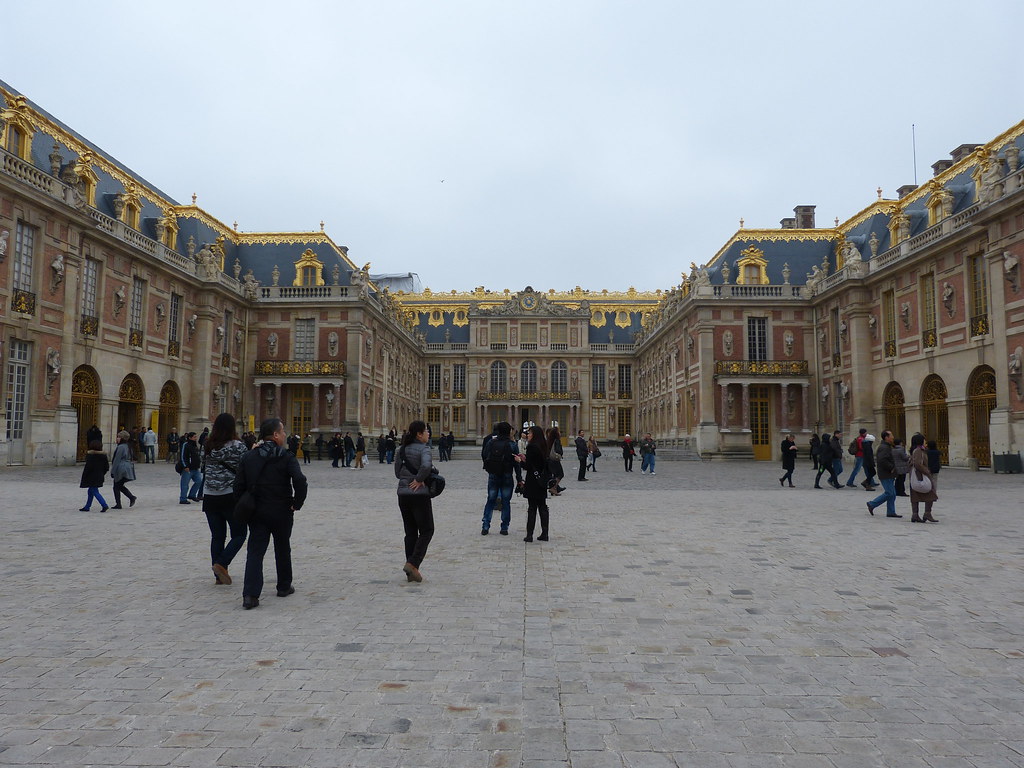 |
| Entrance to Versailles |
Going to Versailles isn't exactly low cost. The entrance to the palace is 18€, and even more if it's summer and there are musical fountain shows (25€). The food inside the castle is also extremely pricey, but you can exit, find a small restaurant in town, and then enter again and visit a different part of this huge estate. Another thing to take into consideration is the ticket to get there: Versailles is in zone 4, and you will need a special ticket that costs about 6,50€.
You need a whole day to see Versailles. I started from the palace itself, as it comes more natural when you enter the main gates. I suggest that you buy a passport ticket (18€), so you have access to more or less everything. In alternative, you can visit the main palace alone (15€), or the smaller ones (10€). There are also additional tickets for guided tours of the opera house and the chapel, if you are really into the history of Versailles (16€). You can however see the chapel during your regular tour from the outside. About visiting Versailles in winter and why it wasn't such a good idea I have already written in this post. The best season to see it is probably spring.
The Hall of Mirrors is the most impressive of the rooms you will see on your visit, but also the most crowded. It is a long ballroom that features 17 tall mirrors and many golden statues. One thing that struck me about the palace of Versailles is how much gold and golden decorations you see. There is so much of it that your eyes will literally hurt! The style has been imitated so many times everywhere in the world that it can almost look kitsch to people who don't know the importance and influence of Versailles on the rest of the European courts and palaces.
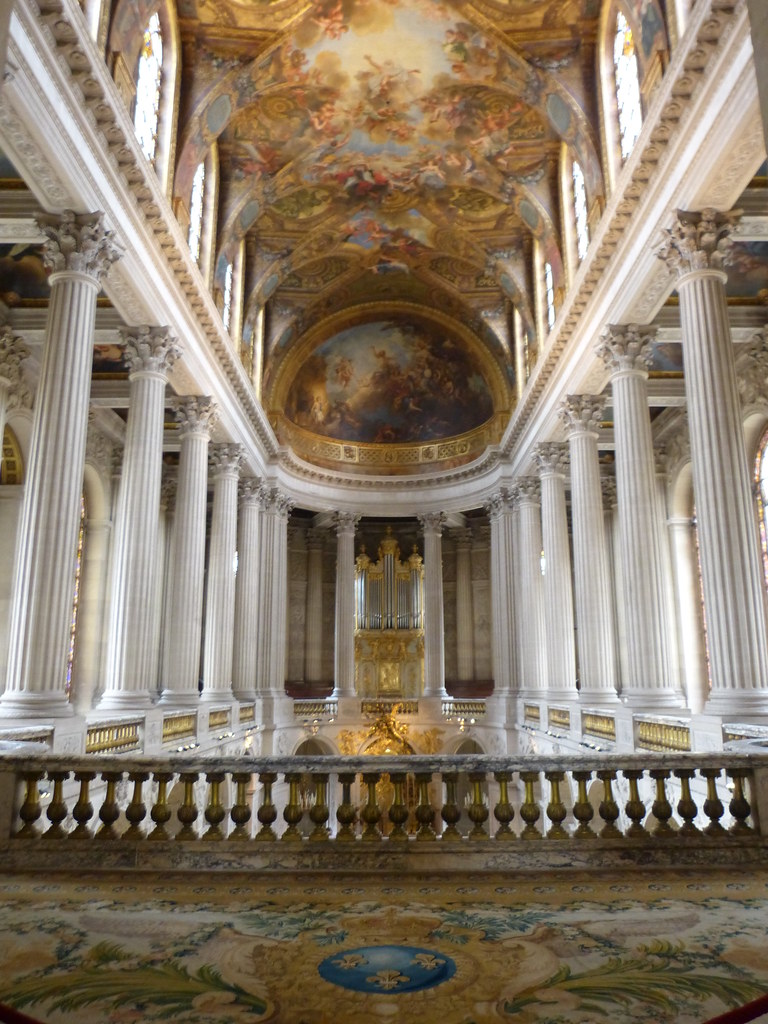 |
| The royal chapel |
The Hall of Mirrors is the most impressive of the rooms you will see on your visit, but also the most crowded. It is a long ballroom that features 17 tall mirrors and many golden statues. One thing that struck me about the palace of Versailles is how much gold and golden decorations you see. There is so much of it that your eyes will literally hurt! The style has been imitated so many times everywhere in the world that it can almost look kitsch to people who don't know the importance and influence of Versailles on the rest of the European courts and palaces.
 |
| The Hall of Mirrors |
My second favourite room was the queen's bedroom, where the decorations are just exquisite. Some things about Versailles are unbelievable, for example when the queen gave birth courtesans could assist, and what is more she also had to receive guests in her bedroom.
 |
| The queen's bedroom, Versailles |
One thing that disappointed me is that you don't visit many rooms during your tour. I also regret not looking for an audio guide, as there is only cursory information in the rooms. As a matter of fact, I only found out later that it was included in the price of the ticket.
The gardens
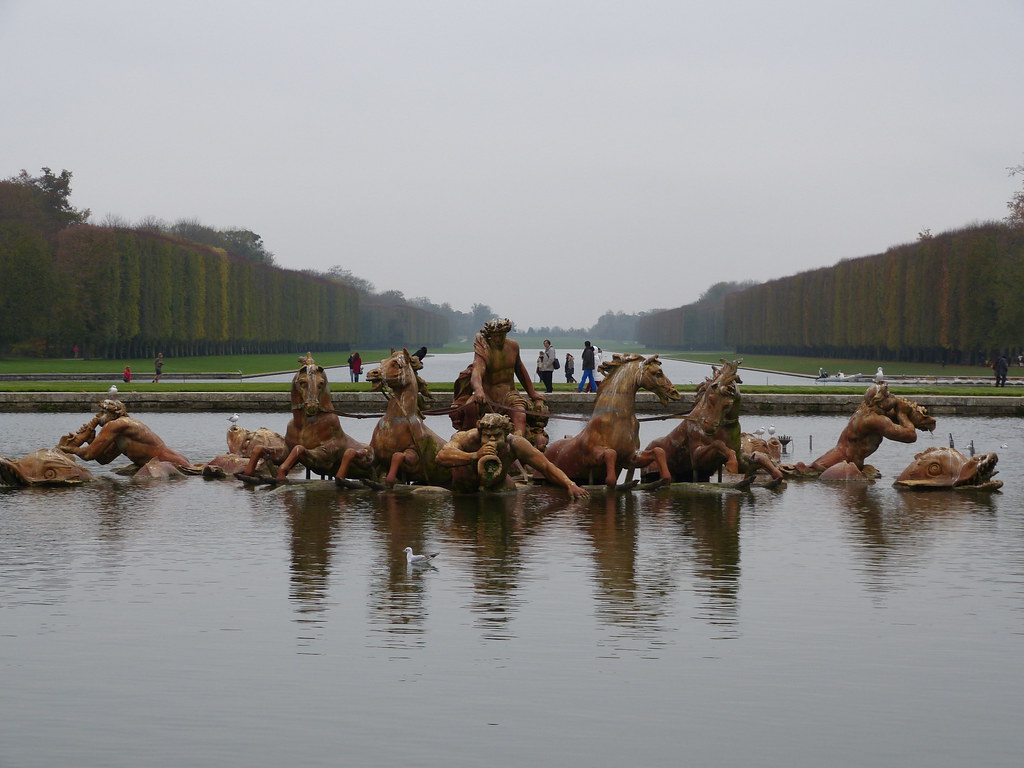 |
| The main fountain in Versailles |
The gardens of Versailles are huge. There are even mini-trains that take you to different parts of the gardens, but you have to pay to get on one of them (€7,50). If you don't want to pay more take into consideration that you have to walk at least 30 minutes to reach the Grand Trianon, and even more for the Petit Trianon and the queen's hamlet, hameau de la reine.
The gardens are full of geometric paths, carefully tended flower beds and hedges, with statues and buildings scattered everywhere. Pools of water and fountains decorate this beautiful place. It is a pleasure to walk around and discover the hidden gems of the gardens.
My friends and I decided to walk towards the Grand Trianon. After all, we didn't pay the full price only to see the main palace! The Grand Trianon is a smaller palace within the grounds of the estate, built so that the king could escape from the etiquette of the court and have light meals with his secret wife. After the Revolution, Napoleon lived here with his second wife Marie Louise. It is lavishly furnished, and it gives you the idea of the life at court: the king and the queen were not always relegated in the main palace, but had other places where they could enjoy life without many restrictions.
 |
| Another picture of the gardens |
My friends and I decided to walk towards the Grand Trianon. After all, we didn't pay the full price only to see the main palace! The Grand Trianon is a smaller palace within the grounds of the estate, built so that the king could escape from the etiquette of the court and have light meals with his secret wife. After the Revolution, Napoleon lived here with his second wife Marie Louise. It is lavishly furnished, and it gives you the idea of the life at court: the king and the queen were not always relegated in the main palace, but had other places where they could enjoy life without many restrictions.
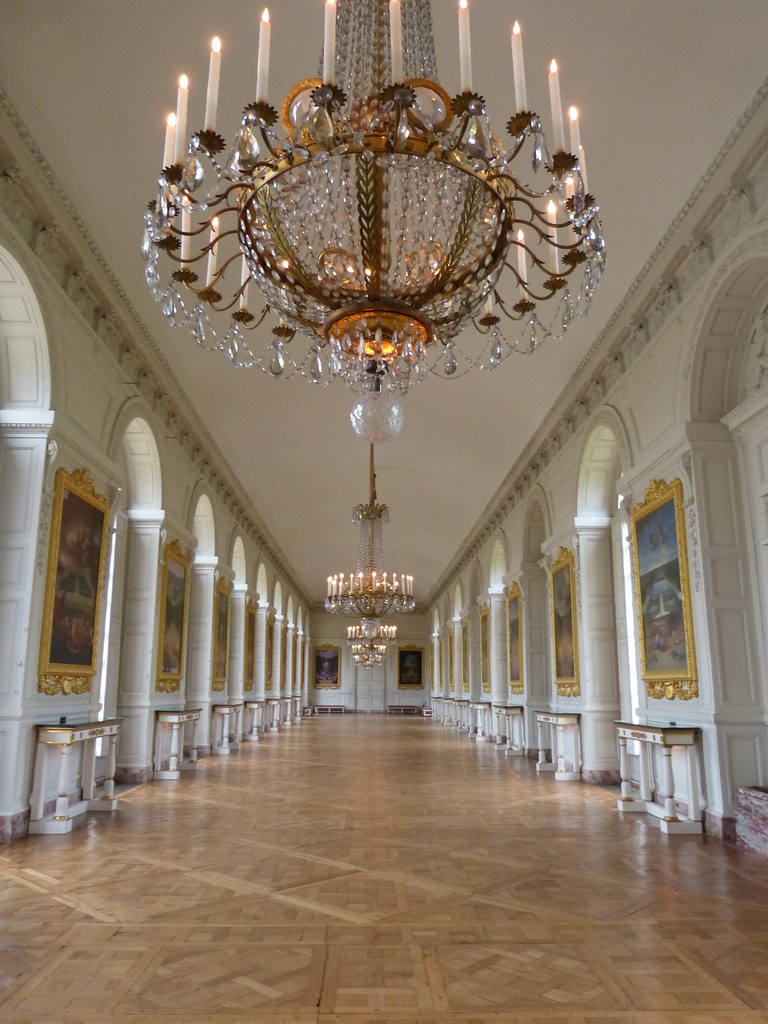 |
| A room of the Grand Trianon |
Another such place is the Petit Trianon, a favourite retreat for Marie Antoinette. It is yet another château, built for one of Louis XV's mistresses, the infamous Madame de Pompadour, who unfortunately died four years after its completion. At the time, the king's chief mistress had a semi-official status and had her own apartments within the court! Unfortunately, I didn't visit this part of Versailles because on that day it was very cold, and after walking from the main palace to the Grand Trianon my friends and I were tired and freezing. This means that I need to go back to Versailles!
 |
| Another room of the Grand Trianon |
How to reach Versailles
Can you believe that Lonely Planet's Paris city guide doesn't give you any suggestions on how to reach Versailles from the centre of Paris? Versailles is about 12 miles from the centre of Paris. To reach it you can take RER C, which is a train that serves Paris and its suburbs. Get off at Versailles - Rive Gauche, which is the closest train station to the chateau, only five minutes away. You cannot use your usual T+ ticket, but you need to buy a special ticket, because Versailles is in zone 4. Depending on where your accommodation is located, you can also take the "transilien L" train. It leaves you at Versailles Rive Droite, 15 minutes away from the chateau. I think a return ticket cost me 6,50€ .
Can you believe that Lonely Planet's Paris city guide doesn't give you any suggestions on how to reach Versailles from the centre of Paris? Versailles is about 12 miles from the centre of Paris. To reach it you can take RER C, which is a train that serves Paris and its suburbs. Get off at Versailles - Rive Gauche, which is the closest train station to the chateau, only five minutes away. You cannot use your usual T+ ticket, but you need to buy a special ticket, because Versailles is in zone 4. Depending on where your accommodation is located, you can also take the "transilien L" train. It leaves you at Versailles Rive Droite, 15 minutes away from the chateau. I think a return ticket cost me 6,50€ .
